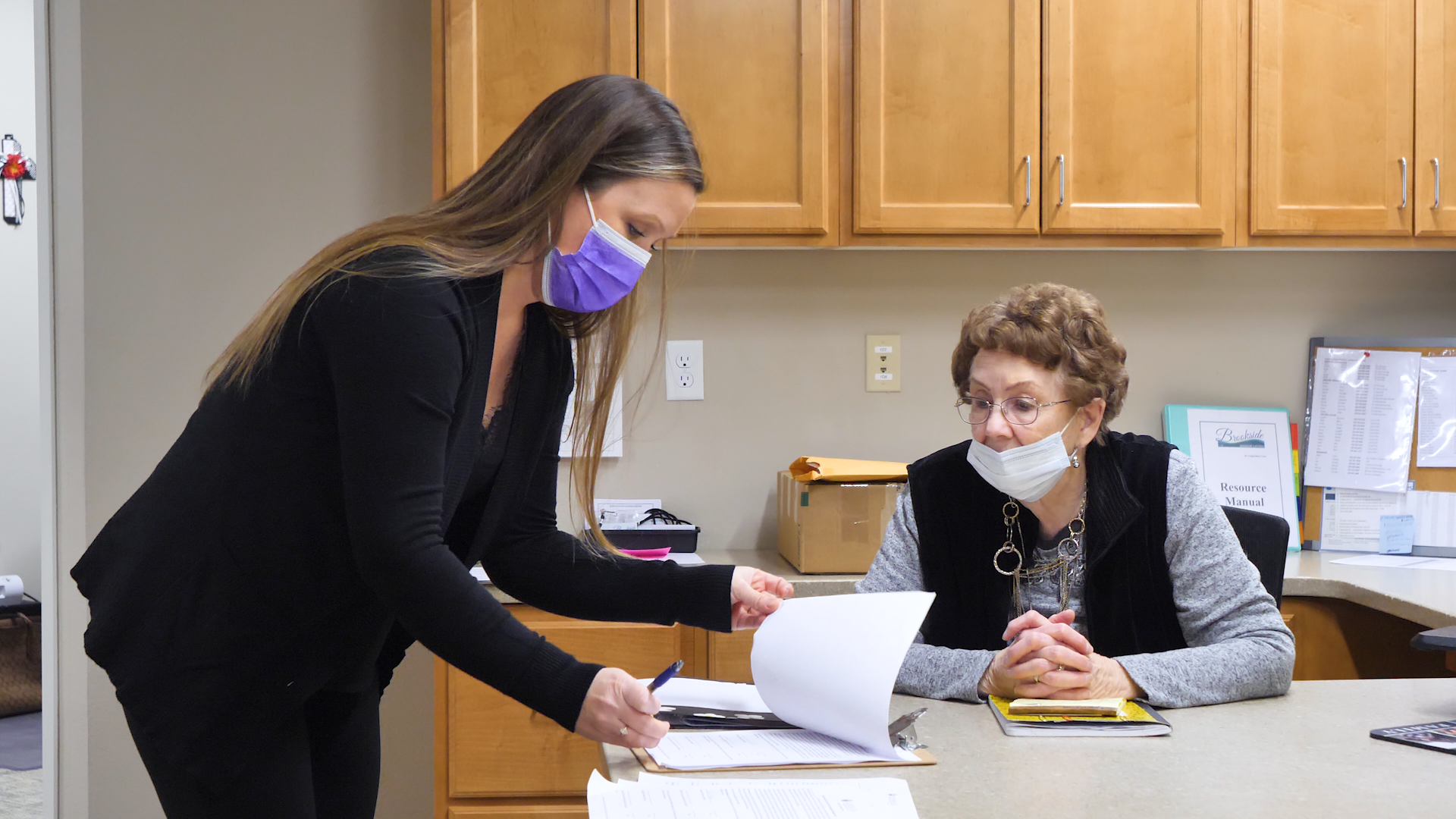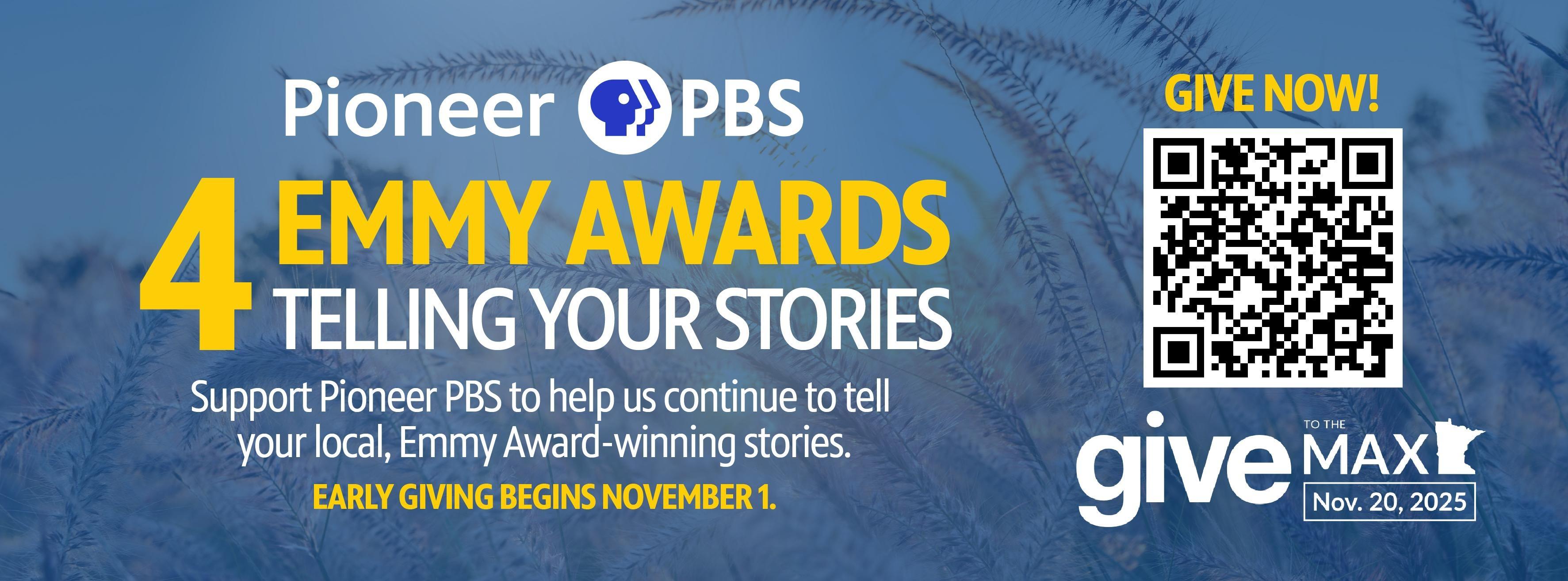Huntley said that the average age of their residents is about 87. "Just having that connection. ... Most of our caregivers are probably 20, 30, 40 years old, but Joan being 80 and able to connect on things that our generation might not know about, it's just kind of a unique situation being able to connect on a generational level."
Minnesota's workforce is aging and the key to successful workplaces might be multigenerational. Minnesota's Department of Employment and Economic Development found that in 1995, about one in 10 workers in the state were 55 and older. In 2020, one in four workers were 55 and older. And last year, the oldest millennials started turning 40, which means they're now covered under the Age Discrimination and Employment Act.
"Right now there are five generations in the workforce. This has never happened before," said Susan Weinstock, vice president of financial resilience programming at AARP.
There's traditionalists, people born between 1925 to 1945, baby boomers, those born between 1946 to 1964, Generation X, 1965 to 1980, millennials, 1981 to 2000, and Generation Z, 2001 to 2020.
"Research has shown that workplaces that have a multigenerational teams and multigenerational workforce have a more productive workforce. It increases efficiency. It also lowers turnover," said Weinstock. "There's also the ability to do knowledge transfer, because when those folks walk out the door, sometimes that institutional knowledge ... also walks out the door."
There are challenges to multigenerational workforces. In 2020, AARP surveyed 1,322 Americans aged 40 to 65 and found that 78% of respondents had seen or experienced age discrimination in the workplace. And stereotypes like younger adults aren't stable or older adults don't know technology or won't learn new skills, don't allude these spaces. But Weinstock says that research suggests otherwise.
"Our research shows that they do wanna learn new skills, that they are interested in learning new things and that they like mentorship and they like cross mentorship," explained Weinstock. "Where you compare a younger and an older worker together and the knowledge transfer goes both ways. Which is a fantastic way to build a really good dynamic workforce."
Multigenerational workforces allow people to see each other as people and not as stereotypes. Which can build intercommunity connections. Age is an asset. Because of Cushman's experience, she's able to read the nuances of the larger experience of aging and living at a facility like Brookside.
"When a new resident comes in, I usually try and visit them more often to make them comfortable. And if they've lost a loved one, I make that more often visit," said Cushman.
"Adjusting here is difficult for a lot of people," said Brookside resident Margaret Bjornjeld. "My husband had an awfully hard time adjusting to leaving the home and it does help to have somebody come around and talk, especially if a person's alone. I was, of course my husband was here for a while, but if you're alone and you don't know anybody here, people, not all are so willing to put themselves out to meet new people."
"I love the elderly and everybody here seems like my family. It's so satisfying if you can get someone out of their depression or just smile," said Cushman. "If you can make someone smile, it makes your day."
Born out of challenges related to COVID-19 safety protocols, mixed with the general health care staffing shortage, Joan Cushman's position is a creative way for Brookside to fill a healthcare and caregiving need. She's transferring generational knowledge while creating a space for meaningful connections that benefit Brookside residents, staff and Joan herself.





